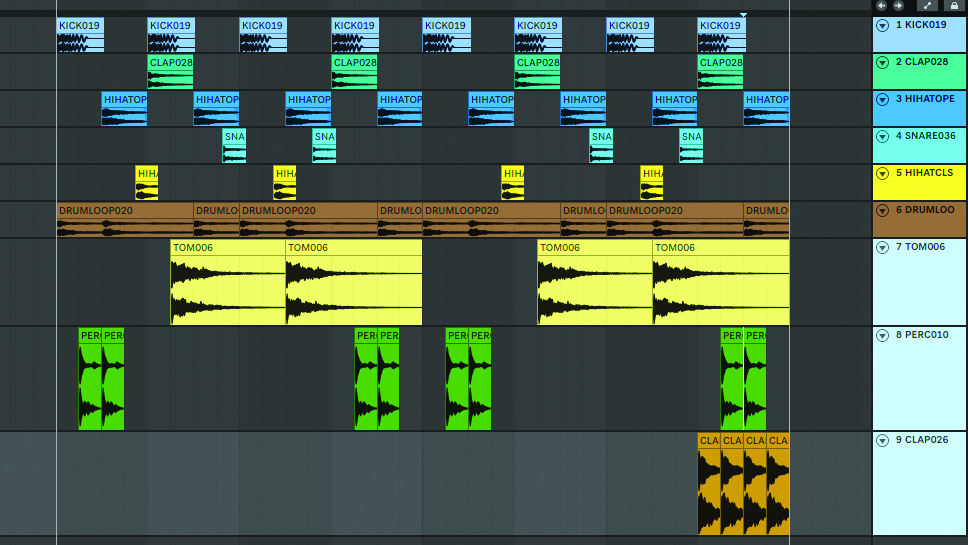How to create a Hot Since 82-inspired groove
A quick guide to building a minimalist house arrangement

Hot Since 82's house productions exemplify the current trend for minimalism and unfolding progression throughout the course of a track, with an emphasis on steady, rolling rhythms as opposed to obvious drops and switch-ups.
None of his individual drum sounds are particularly impressive on their own, but they all serve a specific purpose within the groove, combining to make a composite beat that chugs along and drives the track, while leaving space for dubby chords and repetitive melodics.

Step 1: Here’s our initial beat comprising drum machine one-shots. A 4/4 kick provides the solid rhythmic backbone, a classy-sounding clap fires on beats 2 and 4, then an offbeat open hi-hat is slotted between the kick notes. At this stage, there’s no real ‘groove’ going – let’s address that next…

Step 2: Throwing in the occasional ghost snare and closed hi-hat on even 16th notes throughout the beat injects a sense of ‘push-pull’ into proceedings. When programming hits like these, their placement and volume will have a huge impact on the resulting groove.

Step 3: At this point, the groove sounds a little ‘naked’ and bare. In this scenario, a good way to pad out a house or techno beat is by working a dense, high-pass-filtered drum loop into the background. If the loop is too rhythmically complex, chop it up and repeat sparser sections. 4/4 pumping can also help slot the loop into the mix.

Step 4: Now the main parts are down, let’s throw down some ancillary sounds – the occasional reverb-swamped tom, 16th-note rimshot bursts and other hits – to embellish the beat. Another common house/techno trope involves the use of eighth- or 16th-note clap bursts as mini ‘fills’ throughout the groove.

Step 5: Next, we copy and paste out the parts to extend the loop. Engaging a high-pass filter on the track’s kick at the end of eight- and 16 bars is used to interrupt the pounding flow. A 16th-note 909 snare roll, faded up in volume with automation, intensifies things even more.
Want all the hottest music and gear news, reviews, deals, features and more, direct to your inbox? Sign up here.

Step 6: Now the beat is complete, we throw in musical elements: a groovy one-bar bass riff, a dubby chord stab, synth swells and repeating vocal FX. Pay particular attention to the interaction between the drums and other sounds – everything must serve the bigger picture and work as a collective whole.
Computer Music magazine is the world’s best selling publication dedicated solely to making great music with your Mac or PC computer. Each issue it brings its lucky readers the best in cutting-edge tutorials, need-to-know, expert software reviews and even all the tools you actually need to make great music today, courtesy of our legendary CM Plugin Suite.
